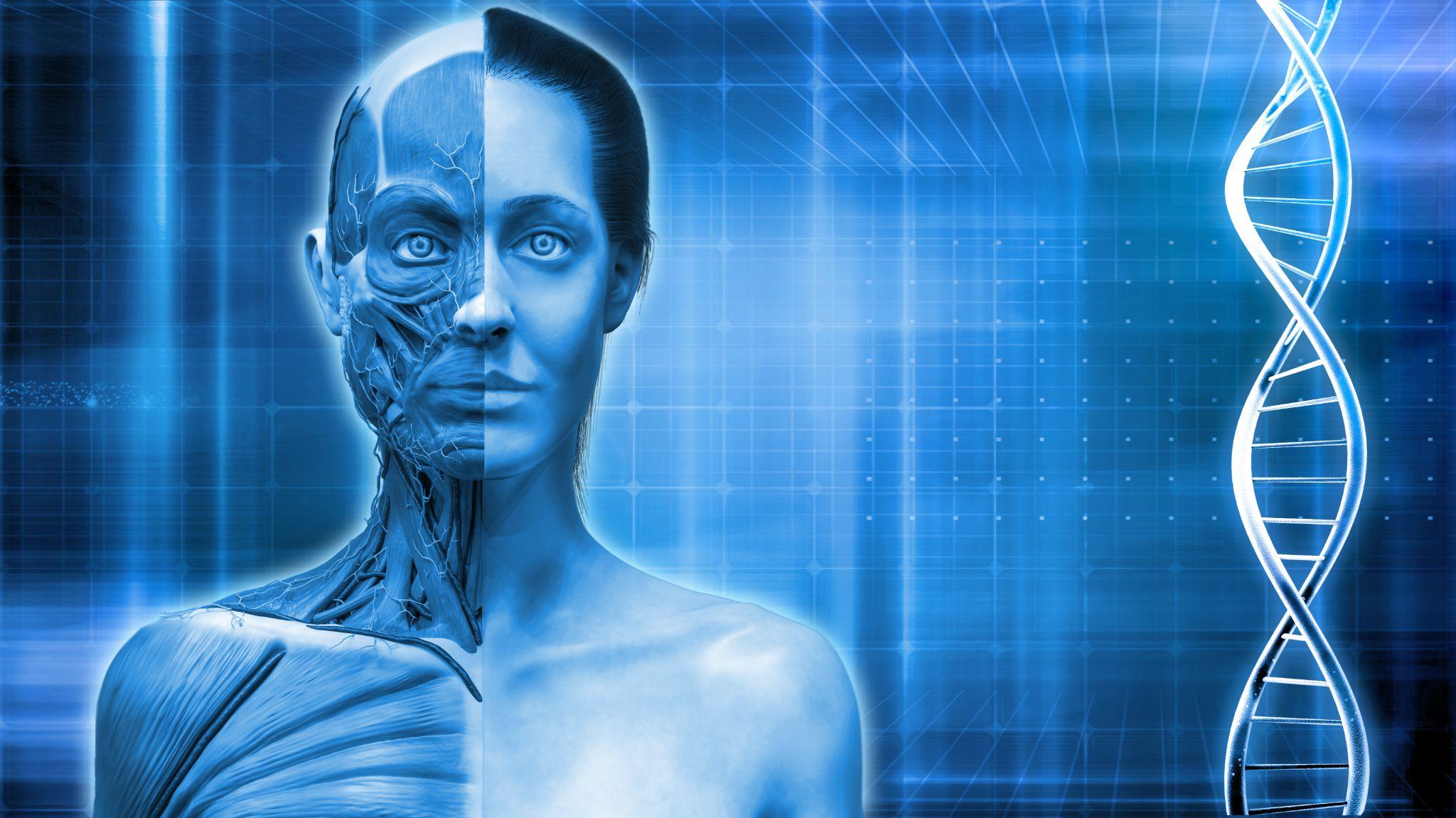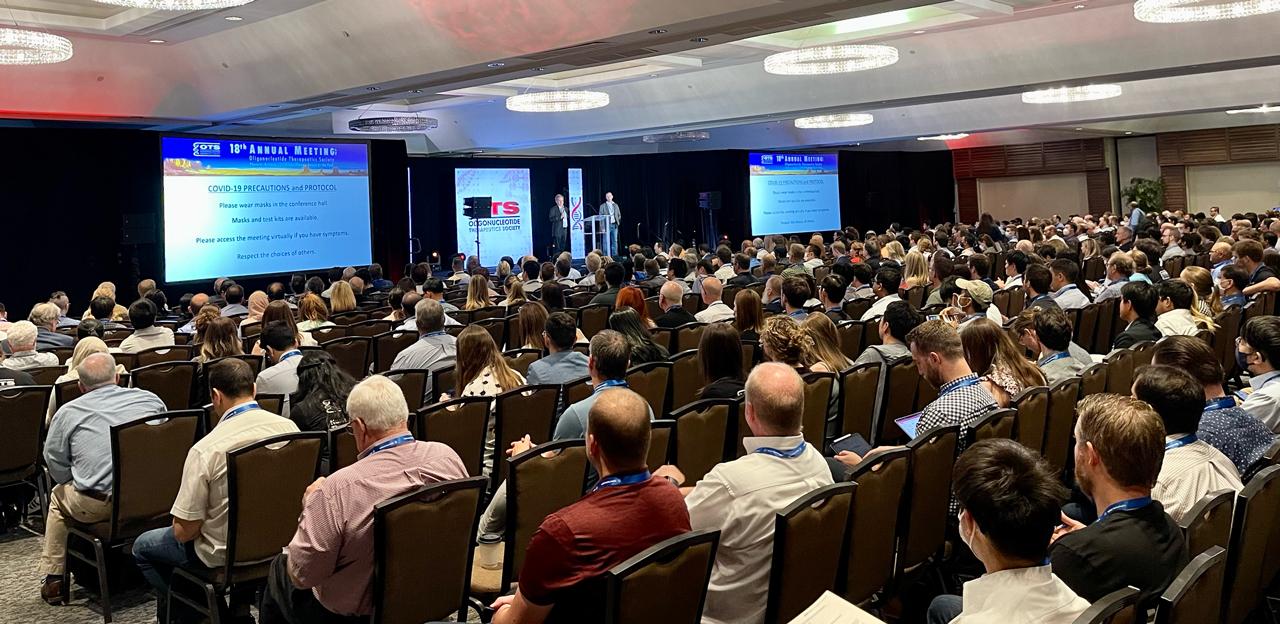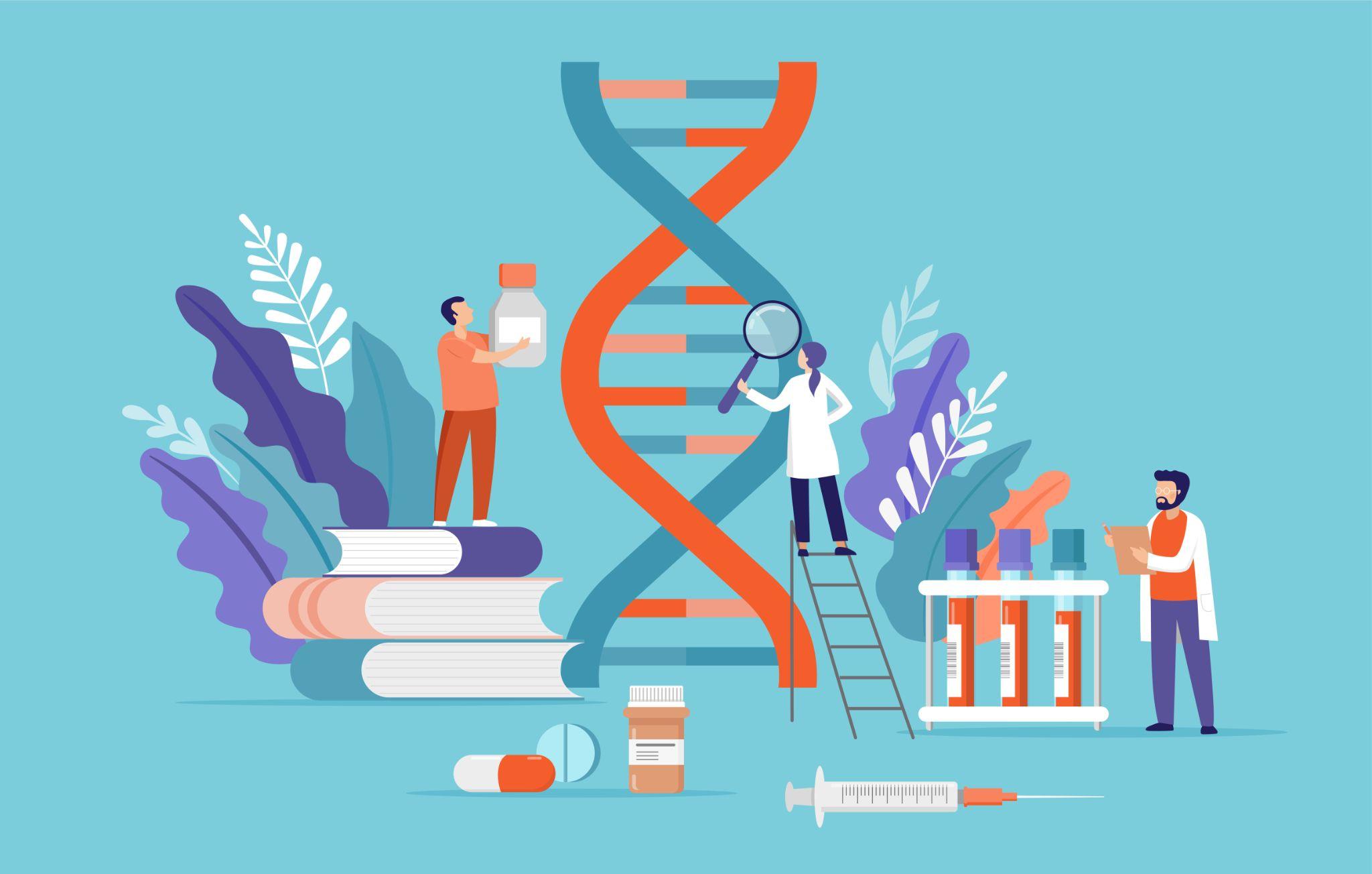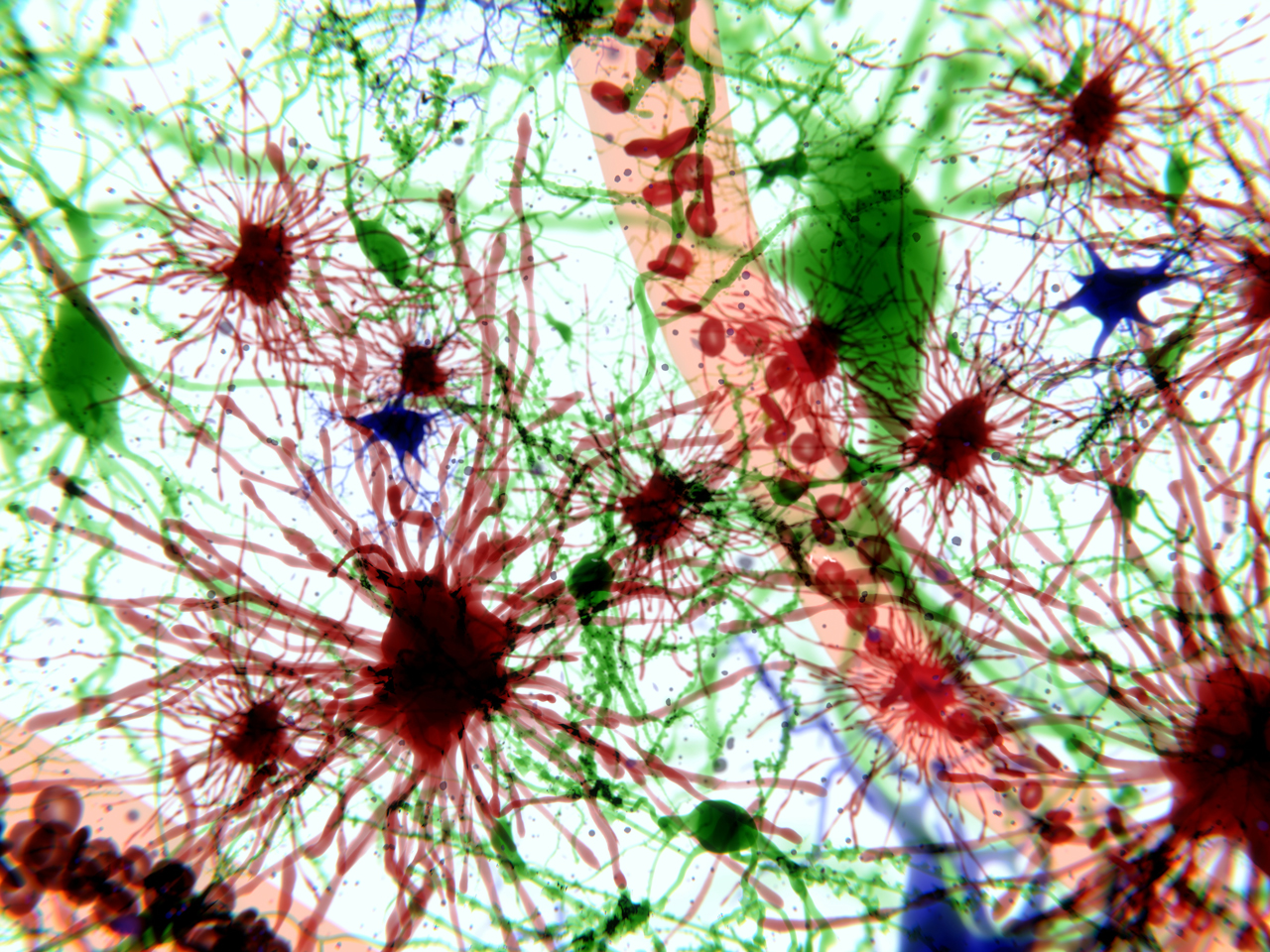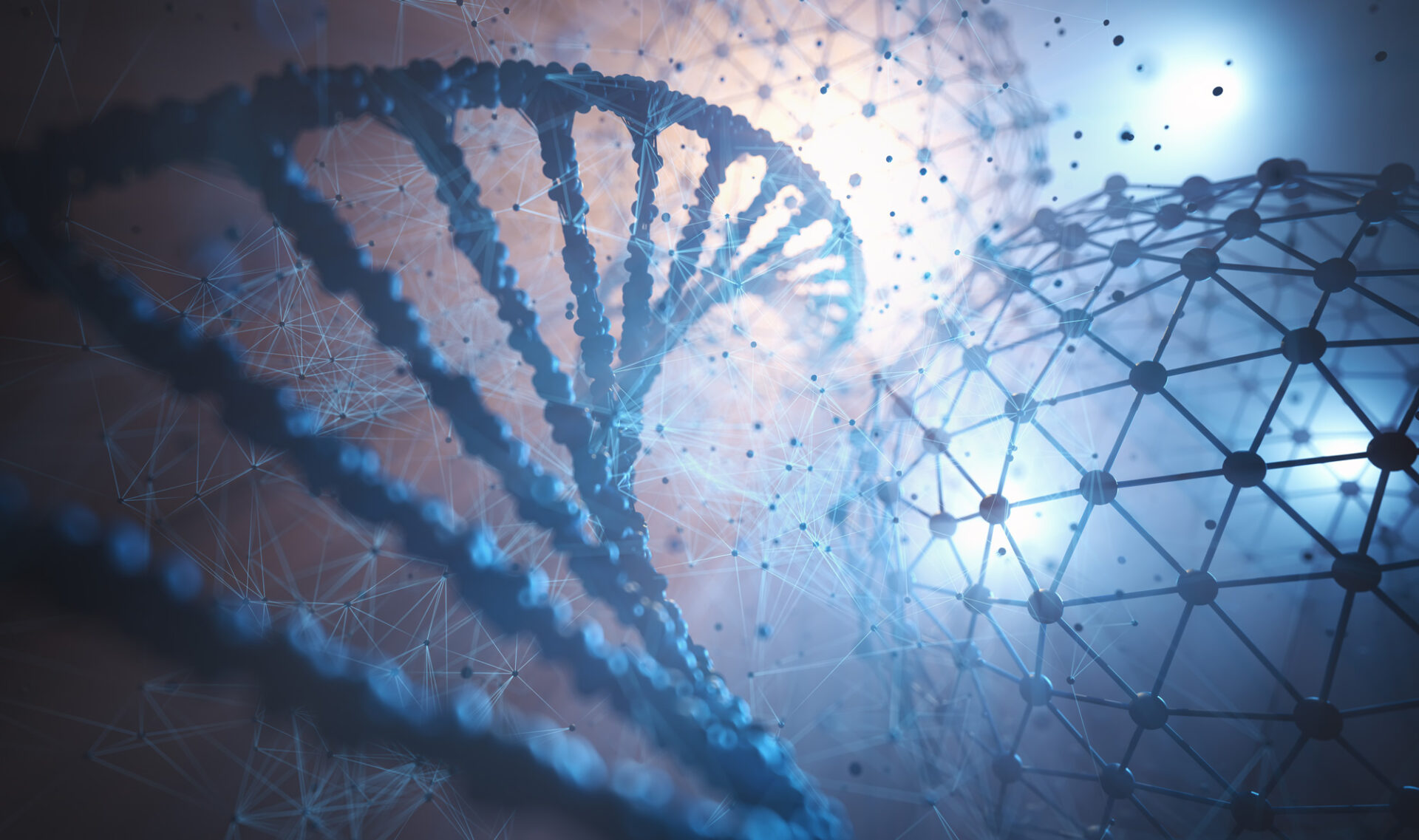Will N-of-1 Drugs Play a Role in the Future of Medicine?
Throughout the millennia, anyone who had anything beyond a simple illness could only do their best to ease the pain and petition whatever deities their culture believed in. Then, in the past few centuries, medicine and science have advanced to the point that many ...
Centyrins Effectively and Safely Deliver siRNAs to Multiple Muscle Tissues
In 2018, Susan Dillon and Karyn O'Neil knew they had created something special that could change the treatment of genetic diseases. Now, their company’s drug that uses their proprietary technology has been granted orphan drug status by the U.S Food and Drug Administration (FDA). ...
Reflections following the 20th annual meeting on oligonucleotide therapeutics
Footnote from title: modified slightly from “A brief history of oligonucleotide therapeutics” in the Timmerman Report, copyright 2022, and reprinted with permission. A Brief History of Oligonucleotide Therapeutics About 50 years ago, several scientists independently conceived of the idea of blocking gene expression with ...
2022 Annual Meeting Highlights
We truly enjoyed meeting in person again this year and hope those of you who were able to attend enjoyed it as well. We want to share interesting highlights from a few of the sessions. If you missed a talk or want to go ...
Eplontersen May Soon Provide Another Safe, Effective Treatment for People Diagnosed with ATTR
People who have been diagnosed with hereditary transthyretin amyloidosis (ATTRv) may soon have the option of choosing another safe, effective therapy, one that significantly improves quality of life, according to patients who received it in the clinical trial. ATTRv is a progressive, debilitating, ...
A Landmark Permanent Treatment for Children Born with a Deadly Immune Disorder
In June 2022, the first stem cell gene therapy of Dutch origin was successfully given to a patient by researchers at the Leiden University Medical Centre (LUMC). A baby with severe congenital immune disorder (SCID) received the complex but one-time treatment, marking the first ...
Could Artificial Intelligence Provide the Key to Life Saving Medicines?
Drug discovery is time consuming and expensive, requiring trial and error screening. This means that many people have to wait decades, or a lifetime, to find a treatment for their disease. Others, especially those with rare diseases, may never have hope of a treatment. ...
A New ASO Shows Promise in Treating Dravet Syndrome, a Severe Form of Epilepsy
Typically, a single copy of a gene is enough to support normal growth and development but in a small subset of genes, the loss of one copy can cause serious diseases that are often difficult to treat. One of these conditions, Dravet Syndrome, has no ...
Clinical Trials Begin for Ultra-Rare Treatment of Alexander Disease
It is always exciting to observe phenomenal results in the treatment of a disease in animal studies, and even more so to see them move into clinical trials. ASOs have proven to be efficient at providing deep reductions in disease causing proteins, and a ...
Ligand Conjugation – Expanding the Reach of Oligonucleotide Therapeutics
Oligonucleotide therapies possess enormous potential as healing, life-changing, and cancer-curing drugs. However, there are many barriers to utilizing oligonucleotides to treat disease. Discovering or creating effective delivery methods for each target cell or tissue type solves many of these problems and there are multiple ...



